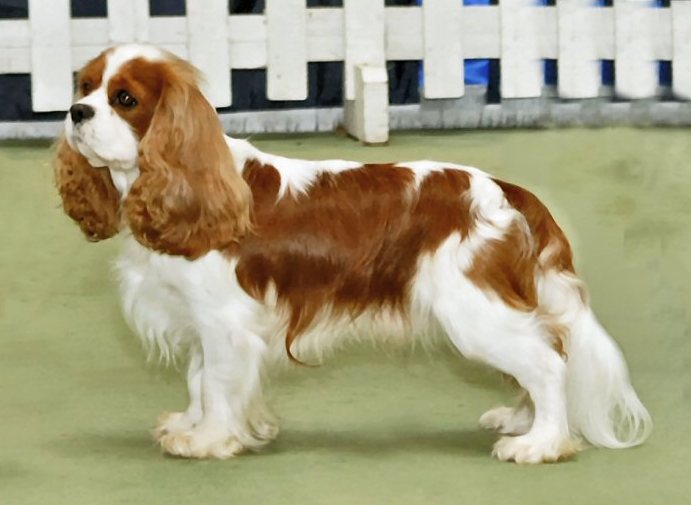
Let Me Tell You About the Pyrenean Mastiff
The Pyrenean Mastiff is a majestic, gentle giant with ancient roots and a heart as big as its frame. If you're drawn to rare, noble breeds with a protective streak and a calm demeanor, this Spanish livestock guardian is worth knowing.
🇪🇸 Origins & History
Ancient lineage: Descended from molosser dogs brought to Spain over 3,000 years ago
Region: Originated in the Kingdom of Aragon, northeastern Spain
Purpose: Traditionally guarded flocks from wolves and bears during seasonal migrations in the Pyrenees
Distinct breed: Not to be confused with the Spanish Mastiff or Pyrenean Mountain Dog
🐕 Physical Characteristics
| Trait | Description |
|---|---|
| Size | Very large; males 30–31 in, females 25–30 in |
| Weight | 130–240 lbs |
| Coat | Medium-length double coat; moderate shedding |
| Color | White with patches of beige, black, golden, gray, or silver |
| Lifespan | 10–13 years |
🧠 Temperament & Behavior
Gentle & Loyal: Affectionate with family, especially children
Protective: Naturally cautious of strangers; excellent watchdog
Calm & Intelligent: Not overly energetic, but alert and thoughtful
Low Barking: Will alert when needed, but not a chronic barker
🧼 Care & Suitability
Exercise: Moderate needs—daily walks and space to roam
Grooming: Regular brushing to manage shedding and coat health
Training: Best with experienced or committed owners; responds well to calm, consistent guidance
Environment: Thrives in spacious homes or rural settings
🏡 Ideal For
Families seeking a calm, protective companion
Homes with children or other pets
Owners who appreciate rare, historical breeds and have room for a large dog
The Pyrenean Mastiff is a blend of nobility and devotion—once a fierce guardian of flocks, now a devoted member of the family. If you're considering breeds for therapy, senior companionship, or hypoallergenic traits, this one may not be ideal due to its size and shedding, but its temperament is deeply loving and stable.
references: www.thesprucepets.com, www.en.wikipedia.org



















